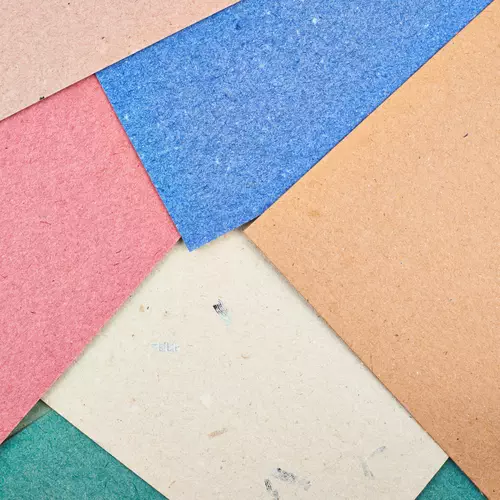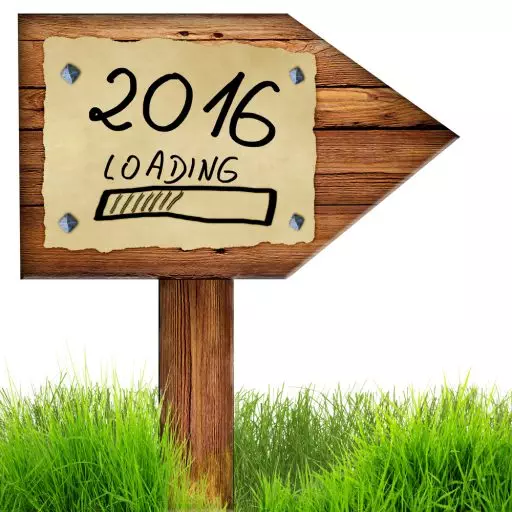 My battalion commander had tasked me with the responsibility of conducting an “officer professional development” training program for all the officers in our combat engineer unit. This was a first for me. My responsibility included coordinating the logistics for the field trip to a famous battlefield, developing all the materials to help my fellow officers learn the lessons of the fight, and become knowledgeable enough to answer the questions they would shoot my way.
My battalion commander had tasked me with the responsibility of conducting an “officer professional development” training program for all the officers in our combat engineer unit. This was a first for me. My responsibility included coordinating the logistics for the field trip to a famous battlefield, developing all the materials to help my fellow officers learn the lessons of the fight, and become knowledgeable enough to answer the questions they would shoot my way.
I was very nervous. A few months before I had wowed them with a Harvard Graphics (precursor to Microsoft PowerPoint) presentation at the Officer’s Club. The topic was the capabilities of the North Korean Army. The officers were stunned by the new technology I was using. I used a liquid crystal display device that projected my presentation onto a screen. This was new technology in 1994. And it took a longtime to create and set up.
So when we were on the field trip to the battlefield, I could not use the new fancy equipment. There were no plugs and no electricity, just 30 people in the middle of some rice paddies. I was relegated to an old standby we called, “butcher block” paper, on an aluminum stand. Today we know this as “flip chart” paper. I felt my creative juices flowing as I reenacted the battle on paper with colored pencils, crayons, and markers.
The officers took turns eyeing the terrain in front of them and intermittently grabbing a marker and drawing their questions, comments, and theories on my hand-drawn terrain maps. The atmosphere was electric. The group was engaged in heated discussion. And, my battalion commander smiled. The group was much more alive, creative, and engaged than when I presented in the Officer’s Club with the new tech device.
There’s just something about paper
Today, tech is ubiquitous. When I decided to start this blog, I had dreams of using Scrivener combined with my Evernote application and even using software like CoSchedule to help with my headline writing.
But when it was time to start writing, I stared at the blinking cursor on my MacBook. I stared some more. Then a sense of concern clouded my mind. I was stuck and could not write. Soon it was time to take my son to his baseball game. I had written a grand total of three words. I grabbed my leather bound paper journaling book and headed to the baseball field with my son.
Half way through the game we were losing by a big number and my attention drifted to my journal. Ideas were coming to my head and I felt the need to write them down. I started writing. There were no battery issues, no glare issues, and no other electronic distractions, so I wrote. The sound of the game seemed similarly appealing to the background noise of being in a coffee shop. Six pages later the game ended and it was time to go home.
It wasn’t until I interviewed another Founding CEO on my podcast, that I asked myself, what was it about my paper journal that made it easier to write? Or, was it my surroundings?
Founding CEOs still use paper
Jakob Garrow is Co-founder & CEO of Bookity, an online group reservation software system for museum and other historic sites. I was a bit shocked when he told me that his biggest productivity tool is a notebook. The irony did not escape him either.
While I spoke with Jakob, I was reminded of another Founding CEO I interviewed, Joel Ragar. He founded ForeUp, a software as a service (SaaS) platform that makes it easy to manage golf course operations. During his podcast interview, Joel told me that he still likes writing on sticky notes, rather than using productivity software. Jamal Motlagh of Acustom Apparel and Andrew Schmertz of Hopscotch Air both also said similar things during their podcast interviews. What was going on?
This got me thinking. I think a blank paper invites the mind and hand to ponder endless possibilities in an unconstrained and unconfined way that a laptop, tablet, or phone just can’t replicate. The tangible quality of paper somehow also makes my thoughts more tangible than when represented as electrons on a screen. Plus, I love to scribble, draw, and just doodle when I am thinking.
Using paper can help with your creativity and decision making prowess
So, I asked myself, what would happen if Founding CEOs unlocked their creative thinking by writing longhand, rather than typing? An article in The Guardian from 2011 caught my eye. Author and editor Lee Rourke wrote, “I find that writing longhand I can enter a zone of comfort I find hard to achieve when sitting in front of a screen – I find typing annoying.”
I’m not the first to point out the link between creativity and handwriting and hand-drawing. A 2010 Wall Street Journal article mentioned that a growing amount of research suggests that handwriting can “improve idea composition.” And, Maggy McLoin, of Harvard Business Review, recently wrote an article entitled, “What You Miss When You Take Notes on Your Laptop.” She summarized some Princeton research on the topic. The research suggests that when you take notes longhand, you remember things more easily. She writes, “If you ditch your digital ways, and bring the pen and spiral notebook; your memory may thank you.”
My point is this. Your ability to clearly, cleverly, and creatively think about the problems you face as a Founder & CEO is directly related to you and your company’s success. Why not engage the right side of your brain and the power of paper by strategically using your hand and paper to access a dimension of problem solving that we increasingly deny ourselves?
Here are a few tips to capture some of the benefits that your mind, hand, and paper can deliver.
- Write handwritten thank you notes to those who have done great things for you and your company.
- Spend 15 minutes a day expressing your thoughts handwriting in a paper journal about the things you struggle with as CEO (The 5 Minute Journal works great if 15 minutes is too much).
- Occasionally replace PowerPoint/Keynote with a paper flip chart of your thoughts in your own handwriting. I really like the kind that you can tear off and hang on the wall.
- Encourage team meetings to draw pictures of dilemmas rather than just talking about them. If paper is not available or too expensive, you may even want to buy whiteboard paint and put your walls to good use. I think this closely approximates the paper effect.
- Evernote is great for note taking during meetings. But, there is a reason why Moleskin, the Milan based maker of cardboard-bound notebooks, went IPO. People still love the feeling and expressive benefits of handwriting and hand-drawing in a notebook. Buy one and test it yourself. And, keep in mind, you can take a picture of your notes in a special Moleskine Evernote Smart Notebook and Evernote will make your handwriting keyword searchable.
- If you must use software, then consider applications like Notability, Penultimate, or Note Taker HD that takes your handwriting and digitizes it.
It’s funny. I visually remember, many years later, the “butcher block” paper presentation I made for that hot, steamy, and engaging field trip I made as a young officer in South Korea. I can see in my mind’s eye what each page looks like. But, I really have no memory of the slick slides I made for my device delivered presentation in the Officer’s Club.
Do you still use paper? When? Where? How? Does it help?


